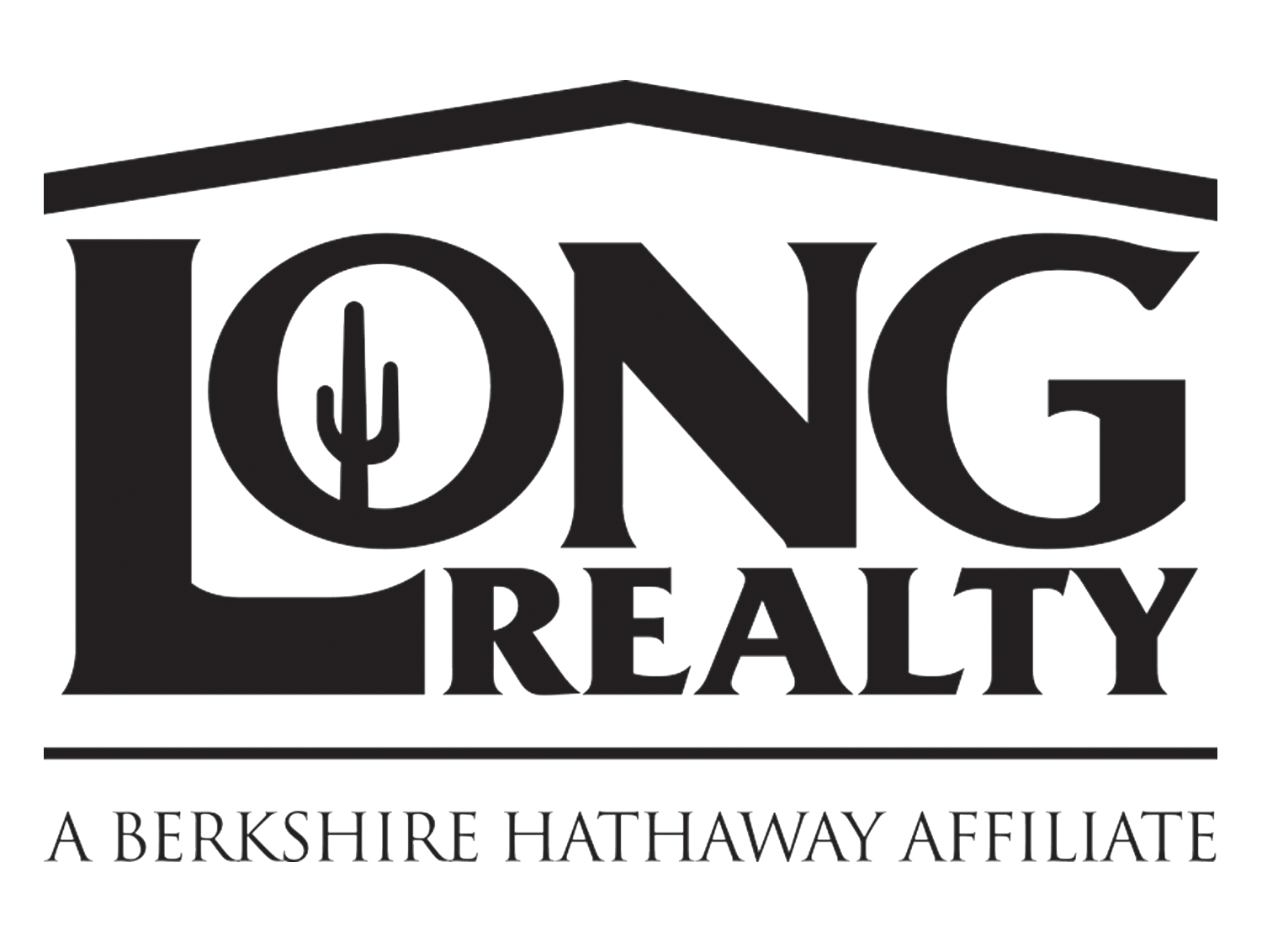This is the fifth in a series of articles targeted towards potential home buyers looking at building a custom home and the topics or questions they might face. Read the last article about Hiring an Architect & Builder for a Custom Home. While these articles will focus on the typical issues of building a custom home in the Tucson, Arizona metropolitan area, many of the issues may well be similar throughout the state and other parts of the country.
In Tucson and the entire Southwest region of the United States one topic of utmost importance is water! The arid climate that provides Tucson with its appealing sunshine also means water is at a premium. While every aspect of our lives should include water conservation practices, the topic of water availability is especially important when searching for a residential lot. There are many water related factors to consider before purchasing vacant land and we’ll cover a few of them.
First, the regulatory agency for wells in Arizona is the Arizona Department of Water Resources. Visit their website for an abundance of information, including their Well Owner’s Guide which we’ve linked.
Connected to a Water Company
The most ideal situation for a buyer is finding a property that’s connected to city water or another water company that has a proven adequate supply. The most common place people look at to see if a property receives city water is the MLS detail sheet. However, while this is a good starting point, take a look next time at the fine print at the bottom of that detail sheet. That fine print reads, “information is deemed reliable, but not guaranteed.” Certainly don’t rely solely upon the listing information but inquire further with the water company itself to ensure that the property in fact does receive service. Get that confirmation in writing when practical for additional protection.
Relying Upon a Well
Many properties on the outskirts of town may not be connected to any water company and instead rely upon a well. Some properties might have their own private well, although it’s not uncommon for a group of homes or lots to share the same well. We’ll touch on the specific concerns of shared wells in just a bit. Anytime you’re dealing with a well you want to do as much research as possible to determine the adequacy of the water supply on the well both now and projected into the future. For instance, if a well share is for six properties and only two homes are built right now, the water might be sufficient for those two properties but not for all six once homes are built on them.
Other factors to consider with wells are the size of pressure storage tanks, the flow rate, depth of the well, and its location. Wells should typically be located at higher ground on the property to help prevent surface contamination from entering the well, and they’re required to be at least 100 feet from any septic system.
The flow rate and size of the storage pressure tanks is important because it’s very typical that water usage is concentrated at certain times of the day and not spread out evenly throughout. Keep in mind usage encompasses not only the daily household usage for drinking, cooking, showers, and other bathroom needs, but also for seasonal needs (landscaping/garden needs, swimming pools, etc.), special uses such as animals or larger scale crops, and possibly fire protection as well. When talking about the adequacy of the water you need to consider not only the amount of water but also its quality. Having access to a recent water quality test would be ideal or consider having one performed.
Investigating the Well
Collecting as much information as possible about the well is crucial to making a sound decision. Check for both ADWR records and any other recorded documents with the county surrounding the property. Often times these recorded documents will turn up on a title report, so be sure to check it carefully. The adequacy of the water supply is vital as there are many stories of wells running dry or not producing enough water and owners having to truck in water periodically at a high cost. Each specific site location can vary tremendously with the groundwater supply, but in particular we’ve heard of many issues with water access in the upper reaches of the Tucson & Tortolita Mountains.
Shared Well Agreements
Shared wells must be analyzed using the same criteria as mentioned above, but the well agreement is an additional factor that needs to be scrutinized. Well agreements are contracts entered into between all parties with a share of the well and aren’t standardized from agreement to agreement. Key items to look for though are the costs for water usage (if any), routine maintenance costs and how they’re split, major maintenance costs, water usage restrictions (crops, livestock, etc.), who is responsible for regulating/controlling the usage & funds, and any other additional terms that regulate how water may be used. Typically the more people on a well share, the more potential exists for disagreements or conflict.
Drilling a New Well
If a property you’re considering doesn’t have an existing well then there can be huge costs to drilling a new one. Of course you’d also need to consult with ADWR for the appropriate filing needed, but a reputable well drilling company can certainly assist with that process too. Many factors impact the cost to drill a well, but it’s not uncommon to hear figures of $40,000 – $70,000 or more. Our arid landscape and often rocky terrain in foothill locations makes well drilling a bit of a gamble at times. It would take some long and hard consideration to tackle a property that didn’t have an existing water supply.
Rainwater Harvesting & Greywater Reclamation
Before ending this article it’s worth noting that many people in Tucson have begun adding rainwater harvesting systems to their homes. Utilizing both rainwater harvesting and greywater reclamation techniques has allowed some area residents to get either completely or substantially “off the water grid.” Our good friends at Watershed Management Group are among the leading innovators in these technologies and can assist our clients and their builders with integrating these techniques into a home design. Utilizing rainwater and greywater are just part of sustainable water practices in fact. Capturing water runoff around the property for landscape irrigation can add further benefits and reduce water usage for a homeowner. The City of Tucson even provides rebates for their residents who take a class and implement these harvesting technologies. Certainly the benefits that can be obtained from forward thinking conservation can be extremely important for those looking at vacant land in areas reliant upon wells.
Next up in our series of articles on custom home building will be: Sewers & Septic Systems.








Connect With Us!